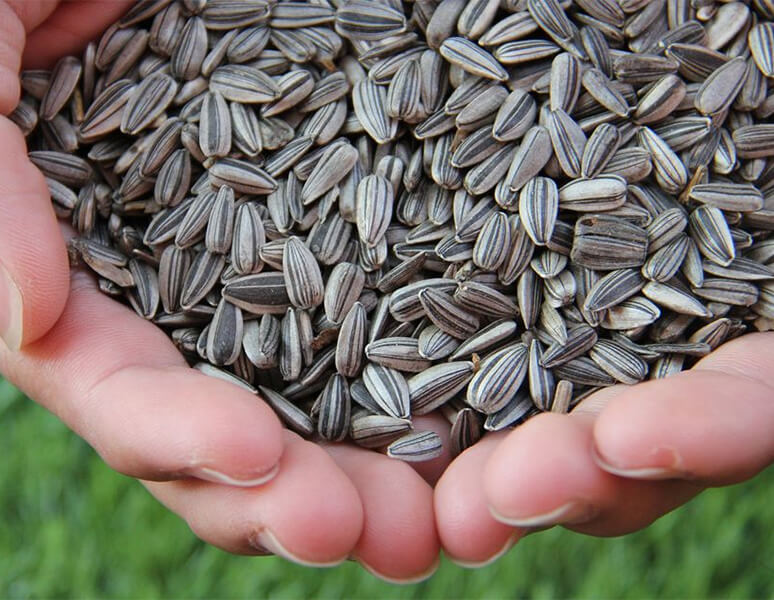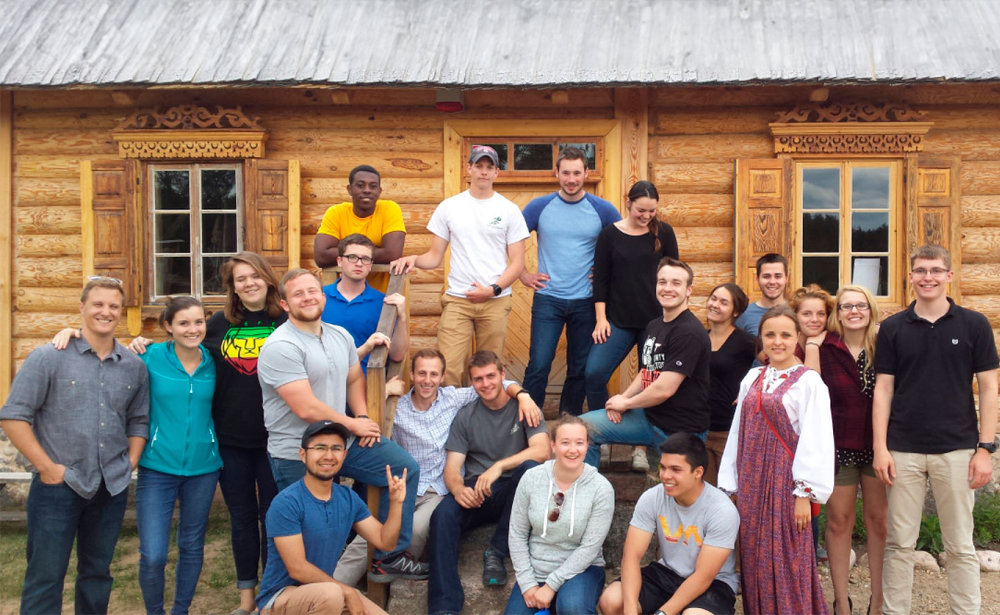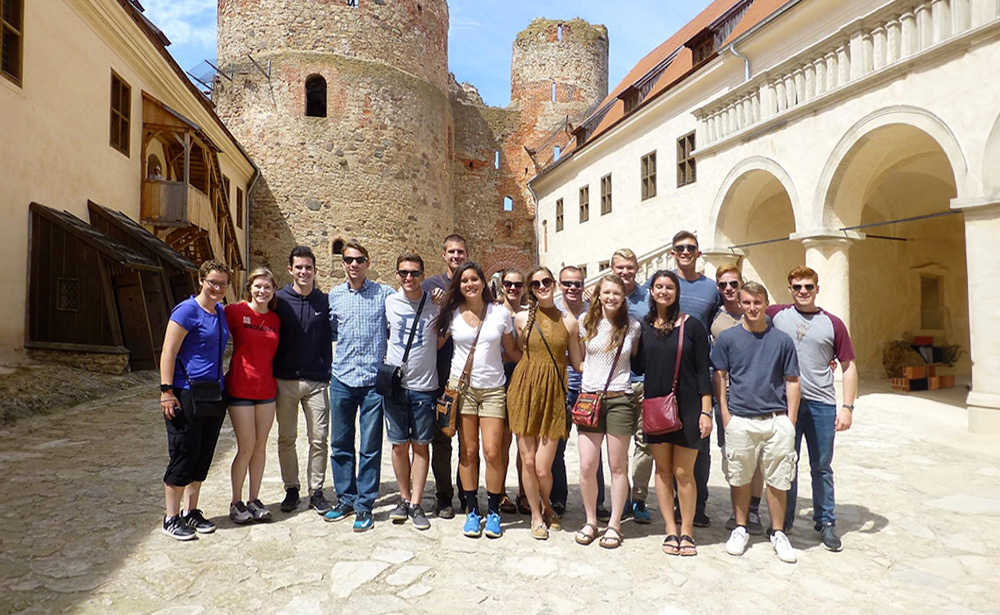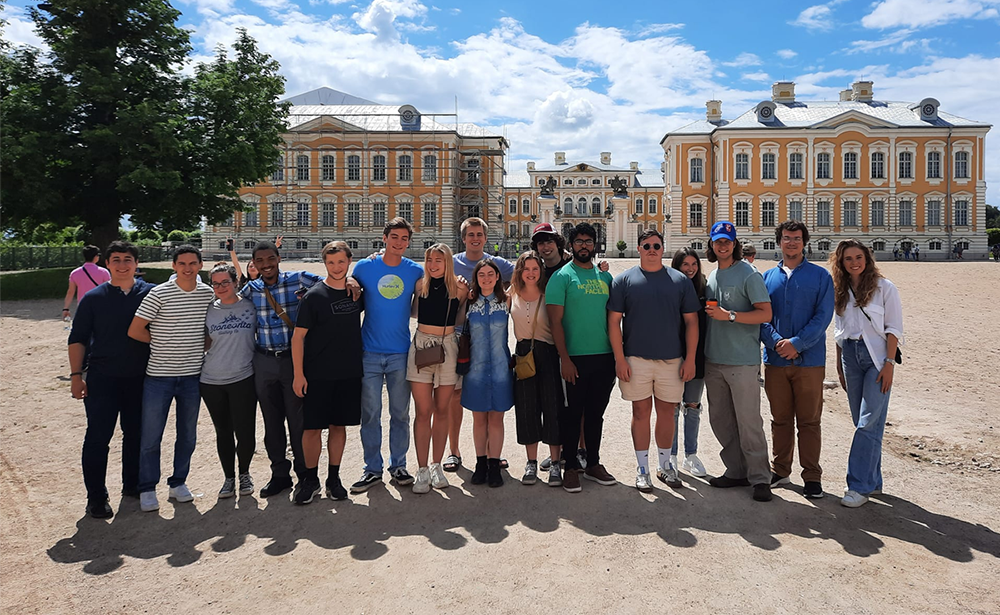Russian People and Semechki (sunflower seeds): the Story behind the Complex Relationships
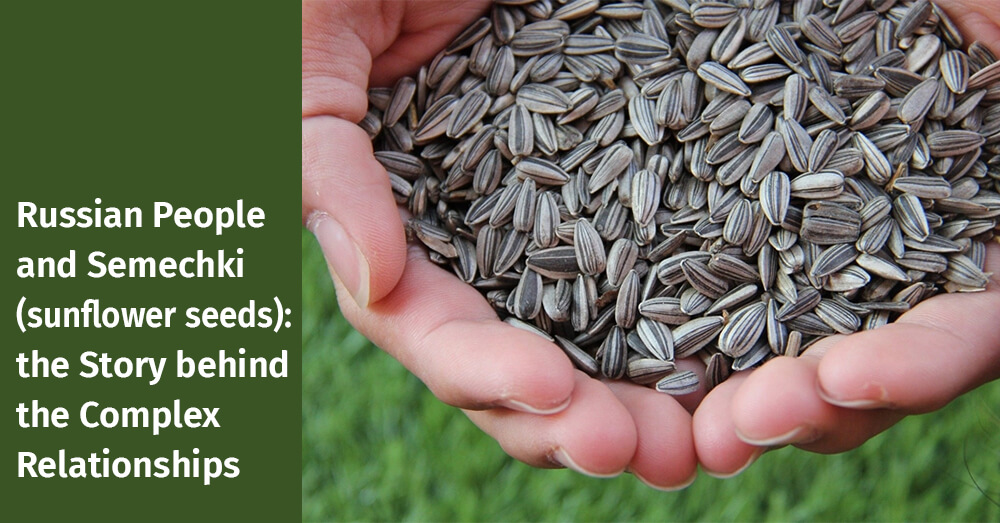
It is difficult to imagine, but there were times when Russian people knew nothing about Semechki. Now Russia ranks first in their production. Today, you can find a wide variety of sunflower seeds at almost any store. In our article, we’re going to tell you the story behind complex relations between Russian people and Semechki, and love for this treat in Russia.
How Semechki appeared in Russia?
Semechki appeared in Russia in 1698. It was Peter the Great who brought sunflowers from Holland. Russian people immediately fell in love with beautiful sunflowers. Therefore, they considered it a decorative plant. It’s impossible to give the exact time when people started popping Semechki, although we know when people first pressed the oil out of sunflower seeds.
In 1829, a peasant Bokaryev from the village of Alekseyevka in Voronezh region built a press that wrung the oil out of sunflower seeds. Compared to linseed and hemp oil, the production of sunflower oil was much more profitable, so it was an instant hit. Soon, the first oil factory was opened in Alekseyevka, and it still works up to now. They make the well-known sunflower oil “Sloboda” there.

The new crop spread rapidly throughout the country. Sunflower occupied about 40% of agricultural land in Saratov and Voronezh regions, and by the end of the 19th century, sunflower oil became popular among all residents in Russia.
Russian habit of popping Semechki
At first, eating sunflower seeds was popular only in rural areas. However, with the advent of railway communication and labor migrants, the habit of popping Semechki appeared in cities, too. Before the 1917 revolution, popping Semechki in public places was considered inappropriate. Then there was a general marginalization of the population and Semechki hit the streets of cities. Aristocrats and intelligentsia didn’t approve of it. Mindless popping of Semechki by people, husks on the carpets of the houses represented a revolutionary chaos.
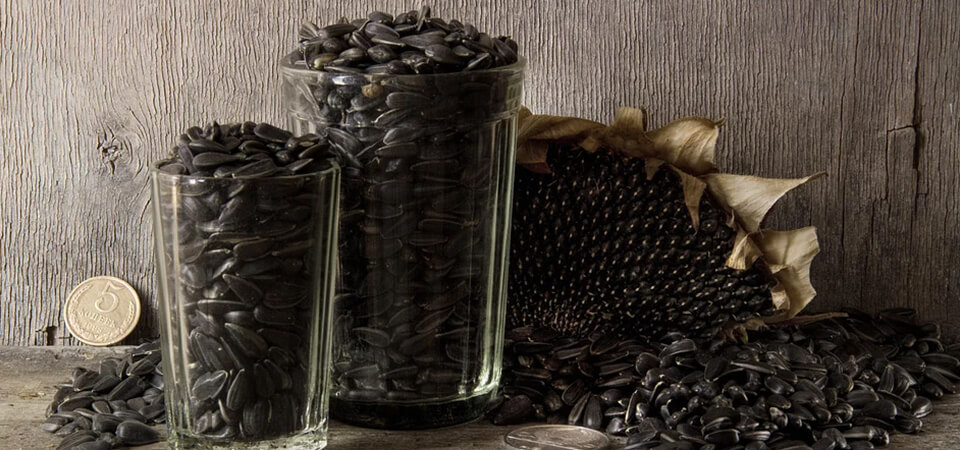
Semechki and Soviets
During the formation of the Soviet state, popping Semechki was also considered a bad habit. Then it was decided to take peasants back to collective farms, and to clear the cities of husks and people who at any opportunity took out Semechki and threw husks on the streets. At the time of perestroika, in the cities there were elderly ladies who sold Semechki putting them into rolled-up bags made from newspapers. At that time, Semechki became a social marker and a communication tool.
Now you can find a wide variety of Semechki, produced by different companies. However, until now, popping Semechki on the street, and spitting out the husk under your feet, is considered inappropriate.
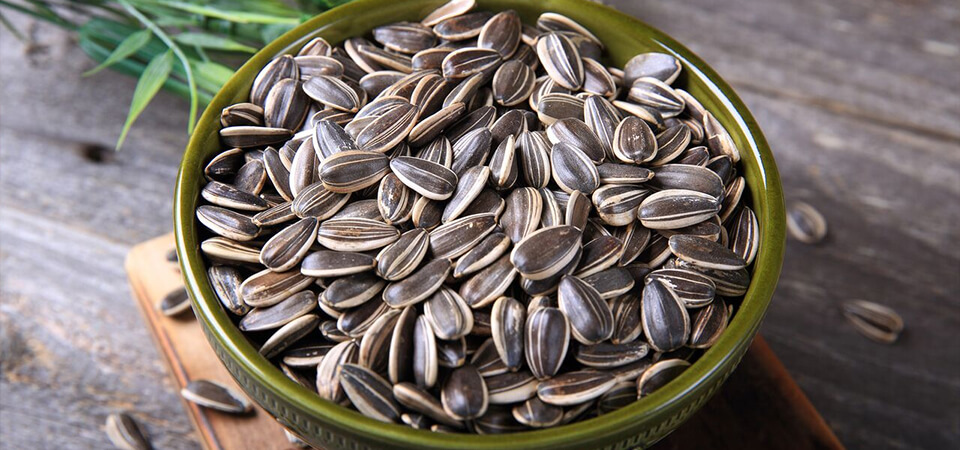
You may be interested

Why do people speak Russian in Daugavpils?
As it seems to us, Daugavpils is the best place to learn Russian now, because our city is situated in the EU and NATO, but at the same time 90% of the city’s population speak Russian at home.
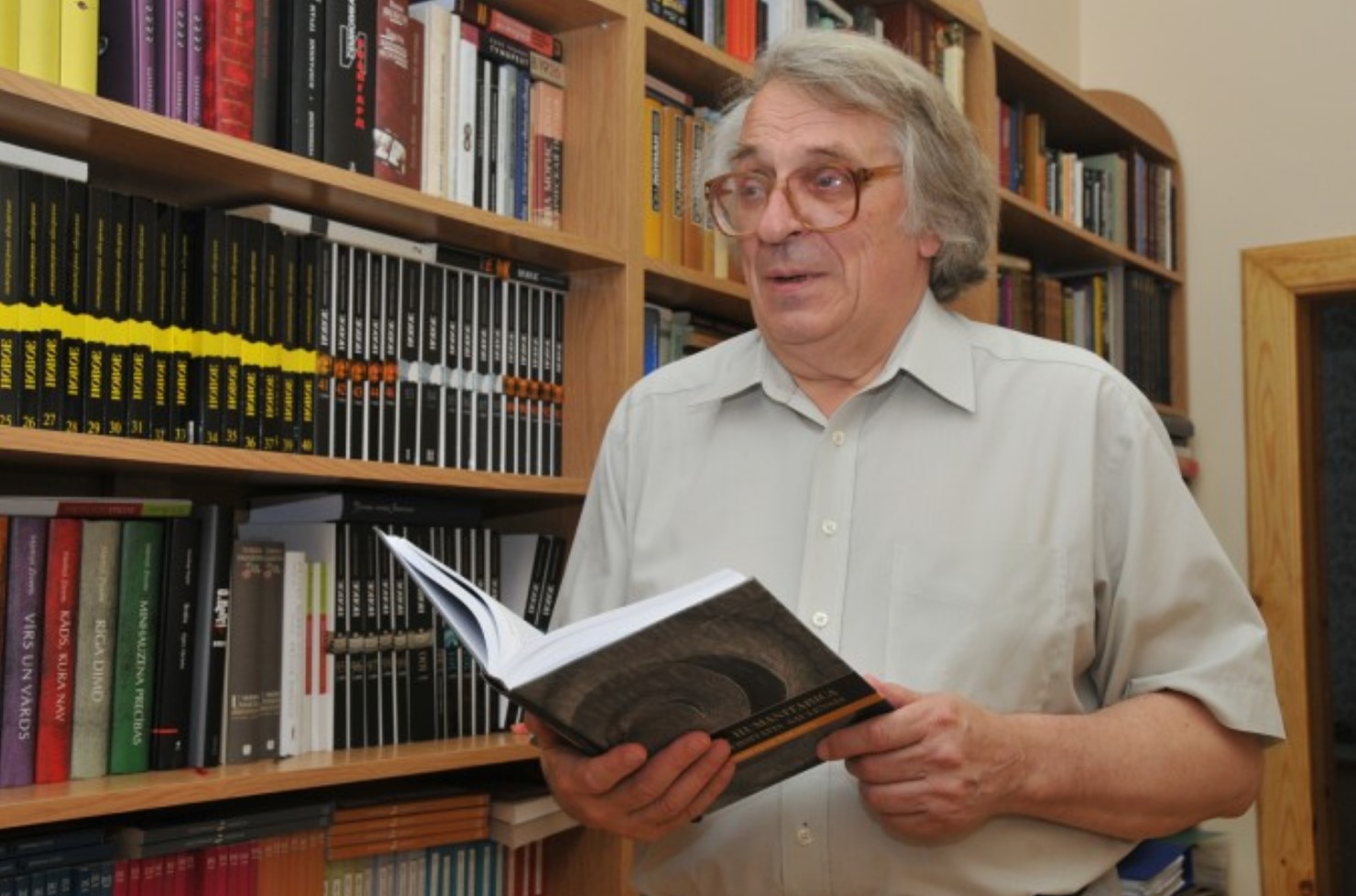
ЭТЮД О ДВИНСКЕ
Etude on Dvinsk by F.Fedorov
The Baltic region is one of the most catastrophe prone regions of the 2nd millennium, especially its second part; it is the centre of attraction of ‘geopolitical’ interests of the European world. Probably the most tragic fate has befallen to the eastern part of the present Latvia and its multi-titled town of Dinaburg – Dvinsk – Daugavpils. During its 730 years long history, the town went through five rather autonomous periods of development, five different lives (German, Polish, Russian, Latvian, Soviet), and at the beginning of the 1990s it entered into the 6th period.
The history of Dinaburg – Dvinsk – Daugavpils is the history of five attempts by the town to begin its life anew; and this is determined not only by the fact that the town was four times burned down and had to start life from scratch, but first and foremost because each of these periods was characterized by a total change of ethnos and the socio-cultural field.
The present article deals with the cultural space of the town in one of the most efficient periods of its development – from the 1860s till World War I.


